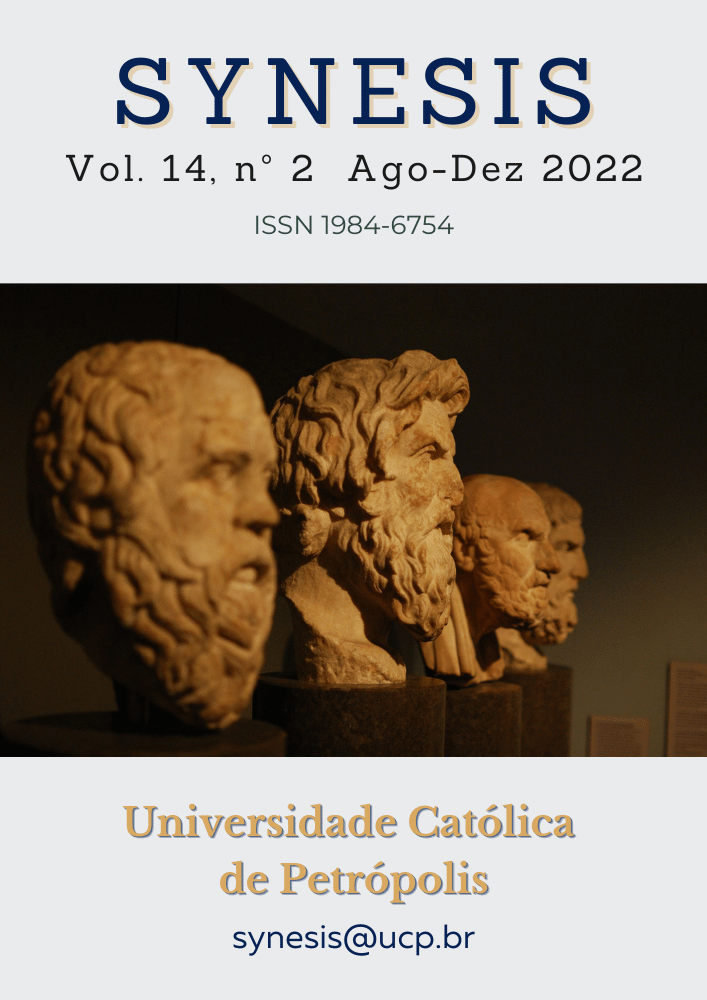Resumo
O objetivo deste estudo foi a relação entre a satisfação com a vida e a imagem corporal em jogadores de futebol amputados e deficientes em Turkiye. 102 jogadores de futebol com extremos inferiores competindo em diferentes ligas na temporada 2019-2020 do futebol amputado participaram voluntariamente do estudo. Um método de pesquisa quantitativa foi utilizado na pesquisa. Para a coleta de dados foram usadas a Escala de Satisfação com a Escala de Vida e a Escala de Imagem Corporal do Amputado (ABIS). O programa SPSS foi utilizado para a análise dos dados. O coeficiente de correlação Pearson foi utilizado para identificar a relação entre a satisfação com a escala de vida e a escala de imagem corporal do amputado. Como resultado do estudo, verificou-se que, em jogadores de futebol amputados com amputação de extremidades inferiores, havia uma relação altamente negativa entre a satisfação com a escala de vida e a pontuação total da ABIS (r=-0,790; P=0,000) e entre a satisfação com a escala de vida e a pontuação do fator social da ABIS (r= -0. 776; P=0,000), e uma relação moderadamente negativa entre a satisfação com o índice de vida e o índice de fator pessoal ABIS (r= -0,684; P=0,000) e entre a satisfação com o índice de vida e o índice de fator funcional ABIS (r= -0,610; P=0,000). Em conclusão, à medida que o nível de satisfação dos jogadores de futebol amputados com a vida aumentava, aumentava também sua percepção positiva sobre sua imagem corporal.
Referências
Ahmad, N., Thomas, G. N., Gill, P., Chan, C., & Torella, F. (2014). Lower limb amputation in England: prevalence, regional variation and relationship with revascularisation,deprivation and risk factors. A retrospective review of hospital data. Journal of the Royal Society of Medicine,107(12), 483-489
Akyol, Y., Tander, B., Göktepe, A. S., Safaz, I., Kuru, O., & Tan, A. K. (2013). Quality of life in patients with lower limb amputation: Does it affect post-amputation pain, functional status, emotional status and perception of body image? Journal of Musculoskeletal pain, 21(4), 334-340.
Aran, O. T., Üçgül, M. Ş., & Ekici, G. (2018). Alt ekstremite ampütelerinde vücut imajı algısı ve yaşam memnuniyeti ilişkisi. Ergoterapi ve Rehabilitasyon Dergisi, 6(2), 89-94.
Bayramlar, K., Bumin, G., Yakut, Y., & Şener, G. (2007). Ampute Vücut İmajı Ölçeği (Amputee Body Image Scale-ABIS) Türkçe uyarlamasının geçerliği. Fizyoterapi Rehabilitasyon, 18(2), 79-83.
Bragaru, M., Dekker, R., Geertzen, J. H., & Dijkstra, P. U. (2011). Amputees and sports. Sports medicine, 41(9), 721-740.
Breakey, J. W. (1997). Body Image: The Lower-Limb Amputee. J Prosthet Orthot, 9(2), 58-66.
Çağlar, A., Yakut, Ö., & Karadağ, E. (2005). İlköğretim Okulu Müdürlerinin Öğretmenler Tarafından Algılanan Kişilik Özellikleri ve Liderlik Davranışları Arasındaki İlişkinin Değerlendirilmesi. Ege Eğitim Dergisi, 6(1), 61-80.
Civitci, A. (2015). Perceived stress and life satisfaction in college students: Belonging and extracurricular participation as moderators. Procedia Soc Behav Sci, 205, 271-281.
Diener, E., Emmons, R. A., Larsen, R. J., & Griffin, S. (1985). The satisfaction with life scale. J Pers Assess, 49(1), 71-75.
Dilbaz, N. (1996), Yaşam Kalitesi: Ölçümü ve Psikiyatri, Psycho Med., 2, (1): 20-24.
Durak, M., Senol-Durak, E., & Gencoz, T. (2010). Psychometric properties of the satisfaction with life scale among Turkish university students, correctional officers, and elderly adults. Soc Indic Res, 99(3), 413-429.
Durmaz, B. & Atamaz, F. (2006). İnme ve Hayat Kalitesi, Türkiye Fiziksel Tıp ve Rehabilitasyon Dergisi. 52 (özel ek), 45-49
Gallagher, P. (2004). Introduction to the special issue on psychosocial perspectives on amputation and prosthetics. Disabil Rehabil, 26:827–830.
Geertzen, J. H. B., Martina, J. D., & Rietman, H. S. (2001). Lower limb amputation part 2: Rehabilitation-A 10 year literature review. Prosthetics and Orthotics International, 25(1), 14-20.
Gözaydınoğlu, Ş. (2017), Diz Üstü Amputelerde Vücut İmajı Algısının ve Proteze Uyumun Kognitif Performansa Etkisi, Sağlık Bilimleri Enstitüsu, Yüksek Lisans Tezi, Bezmialem Vakıf Üniversitesi, İstanbul.
Holzer, L. A., Sevelda, F., Fraberger, G., Bluder, O., Kickinger, W., & Holzer, G. (2014). Body image and self-esteem in lower-limb amputees. PLoS One, 9(3), e92943.
Kulkarni, T., Hande, D., & Parab, K. U. (2014). Body image and quality of life among individuals with lower limb amputation. Indian Journal of Basic and Applied Medical Research, 3(3), 63-66.
Peroni, F., Cornaggia, C., Cerri, C., & Perin, C. (2017). Distortion of Body Image Following Lower Limb Amputation: Implications for Comprehensive Rehabilitation. Current Advances in Neurology and Neurological Disorders, 1, 5-10.
Rumsey, N., & Harcourt, D. (2004). Body image and disfigurement: issues and interventions. Body image, 1(1), 83-97.
Safaz, I., Yilmaz, B., Goktepe, A. S., & Yazicioglu, K. (2010). Turkish version of the amputee body image scale and relationship with quality of life. Klinik Psikofarmakoloji Bülteni-Bulletin of Clinical Psychopharmacology, 20(1), 79-83.
Shields, C., Thorp, H., Hendry, G., & Jayakaran, P. (2015). Health-related quality of life in persons with dysvascular and traumatic lower limb amputation—a systematic review. Physiotherapy, 101, e673.
Tabaschnick, B. G., & Fidell, L. S. (2013). Using multivariate statistics. 6th Ed. Pearson New International Edition.
Tylka, T. L., & Wood-Barcalow, N. L. (2015). What is and what is not positive body image? Conceptual foundations and construct definition. Body Image, 14, 118-129.
Ülker Tümlü, G., & Recepoğlu, E. (2013). Üniversite Akademik Personelinin Psikolojik Dayanıklılık ve Yaşam Doyumu Arasındaki İlişki. Journal of Higher Education & Science/Yüksekögretim ve Bilim Dergisi, 3(3), 205-213.
Wetterhahn, K. A., Hanson, C., & Levy, C. E. (2002). Effect of participation in physical activity on body image of amputees. American journal of physical medicine & rehabilitation, 81(3), 194-201.
World Amputee Football Federation (WAFF). 2020. History of Amputee Football. https://www.worldamputeefootball .org/index.htm. Erişim. 19.04.2020.

Este trabalho está licenciado sob uma licença Creative Commons Attribution-NonCommercial-NoDerivatives 4.0 International License.
Copyright (c) 2022 Synesis (ISSN 1984-6754)

